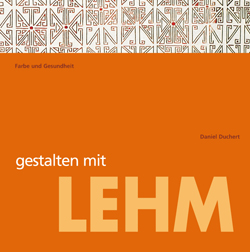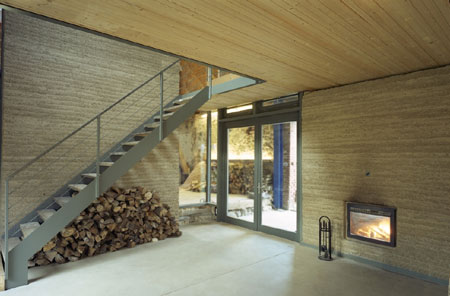The University of Bath Department BRE Centre for Innovative Construction Materials in the Department of Architecture and Civil Engineering is offering Research Studentships that include:
Humidity buffering using earth masonry: During experimental studies, earth masonry has been shown to buffer humidity in buildings by reducing peaks experienced under normal usage (e.g. in shower rooms). This has potential to improve occupant health and reduce ventilation (and therefore energy demand) in buildings but the effect has not been fully qualified. This project aims to quantify how earth masonry materials can buffer humidity in buildings. Supervisor Dr Andrew Heath
Grouting mix design for historic mud brick masonry: Established grouting methods are available for stone and brick masonry set in lime mortar. However there is at present little work on unfired and low-fired brick masonry set in predominantly mud mortar with rubble cores. This type of masonry constitutes a large proportion of historic buildings worldwide.The efficacy of grouting historic masonry to reinstate integrity or enhance structural capacity, especially against lateral loading, has been proved by various researchers. The project will research ad hoc grouting mixes for traditional mud set masonry by investigating lime and soil mixes. Experimental work will be carried out by means of test walls. Non destructive testing techniques will be also used in collaboration with a well established testing house and on site trials will be conducted in the latter stage of the study. Supervisors Dr Dina D’Ayala and Dr Enrico Fodde.
Projects to start: October 2009
The studentships:
The studentships cover home/EU tuition fees, a standard stipend (currently £12,940 (tax free) per annum), and research expenses. In addition, departmental teaching assistantships, up to a value of £1500 p.a. are also available. Overseas students are eligible to apply, but will be expected to pay the difference between home/EU and overseas fees (currently around £8,000 p.a.) and have an English Language Qualification, IELTS of not less than 7 or its equivalent.
The successful candidate will join the BRE Centre for Innovative Construction Materials in the Faculty of Engineering & Design. In the recent Research Assessment Exercise 70% of staff at the University of Bath’s Department of Architecture and Civil Engineering were graded as internationally leading or internationally significant in their field. This translates as 6th place nationally in the Built Environment Unit of Assessment, and maintains the equivalent of our top 5 rating achieved in the 2001 RAE.
The University of Bath is located within the UNESCO World Heritage City of Bath.
Applications:
Candidates should hold a first or upper second class honours degree in Civil Engineering, Materials Science or a related subject.
For further information please contact: Prof. Pete Walker, Department of Architecture and Civil Engineering, University of Bath, Claverton Campus, Bath BA2 7AY; Email: p.walker@bath.ac.uk; Tel: 01225 386646.
Applications should be submitted by post or on-line. For further information on the application process please contact Emma Greeley (Email: e.s.j.greeley@bath.ac.uk; Tel: 01225 386908) or visit the university’s Graduate Office web pages: http://www.bath.ac.uk/grad-office/.
The deadline for receipt of applications is the 31st of March 2009.
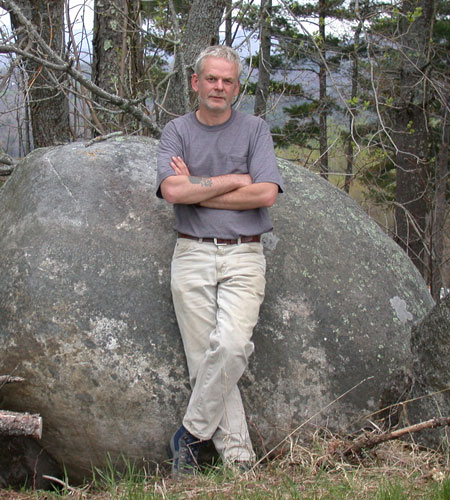



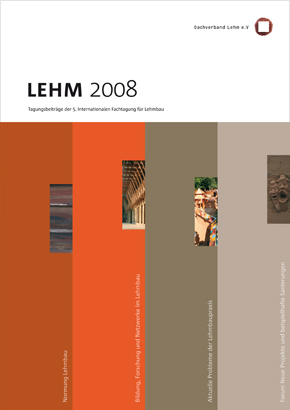
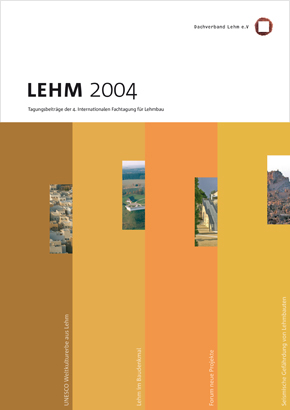

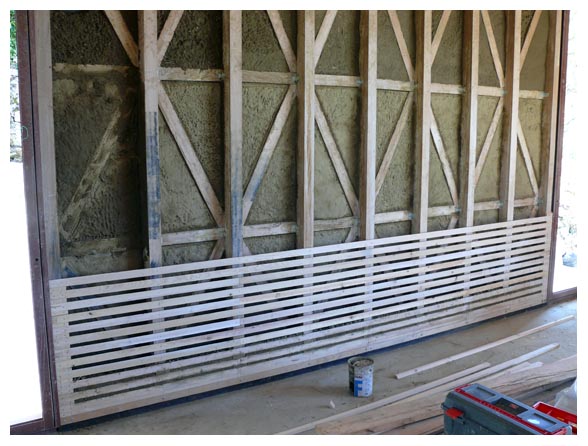
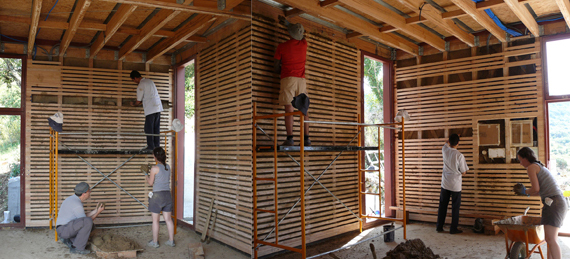
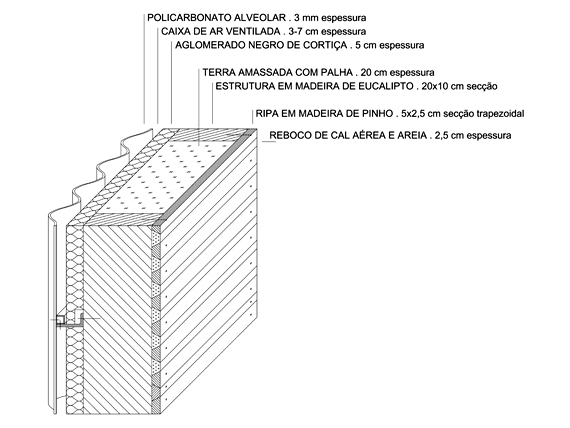 Casa em Arruda Dos Vinhos construction website.
Casa em Arruda Dos Vinhos construction website.